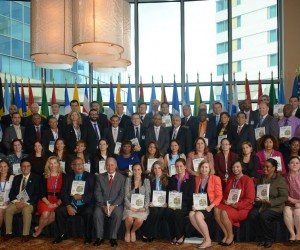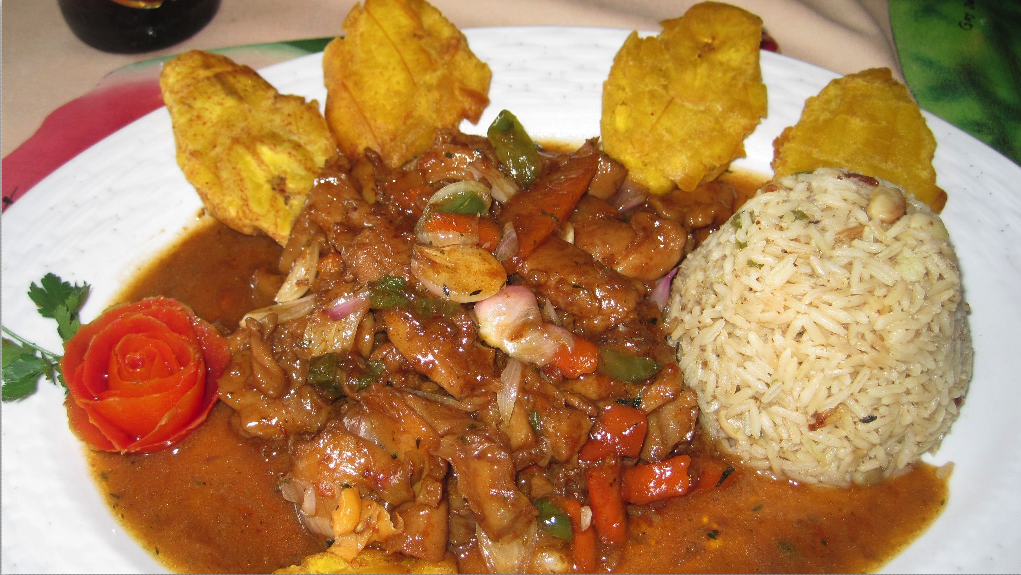
By NAN Staff Writer
News Americas, PORT-OF-SPAIN, Trinidad, Fri. Oct. 10, 2014: On Thursday, in Port-of-Spain, the capital of the Caribbean island of Trinidad, a U.S. official insisted that the growth of small and medium enterprises in Latin America and the Caribbean is the key to helping the region boost economic growth.
Charles H. Rivkin, Assistant Secretary in the Bureau of Economic and Business Affairs at the State Department is the top U.S. representative at the Americas Competitiveness Forum in the twin-island Republic. In his remarks he said intra-regional trade in the region should be boosted as it has in Europe to “directly benefit small and medium businesses – commonly referred to as SMEs.”
That in turn will promote “economic growth, job creation, and political stability and empowers youth and women,” he added.
So how much money exactly is the U.S. putting into its Western Hemisphere neighbors of the Caribbean and Central and South America to help with economic growth?
Data analysed by NewsAmericasNow from Foreignassistance.gov show the USAID Organizational Unit spent US$5.1 million in the Caribbean so far this year to help “generate rapid, sustained, and broad-based economic growth.”
The majority or US$2.8 million has gone to what is termed “private sector competitiveness” or in other words: “improving polices, laws and administrative practices affecting the private sector’s ability to compete, nationally and internationally.” Just over US$1 million has gone to supporting agriculture in a region that is rich with the potential of producing its own food and exporting or trading inter-regionally while only US$.8 million has gone to what can be termed as supporting the so-called SME’s though its mainly supporting women-headed households connect with “economic opportunities.”
Central America, a region where thousands of immigrants are in poverty and created a border crisis at the US’ southern border over the summer, saw only US$3.3 million for economic development. Most of the money or US$3 million went to not supporting SME’s but supporting “international facilitation and trade techniques.” The other US$.3 million went to agriculture.
South America fared far worst with no monies reported being spent there so far this year and only just under $300,000 in 2013. All of it was spent on nothing else but supporting “international facilitation and trade techniques.”
But on Thursday, Rivkin while boosting of the US’ ‘Innovation Challenge’ insisted: “The state of an SME’s economic health is directly related to the health of the whole region,” he said. “The more that countries can reform their policies to let domestic SMEs compete and thrive, the more those SMEs will become engines for their economies – and responsible and profitable businesses on the global stage.”
Yet looking at those USAID numbers, told a different picture.









